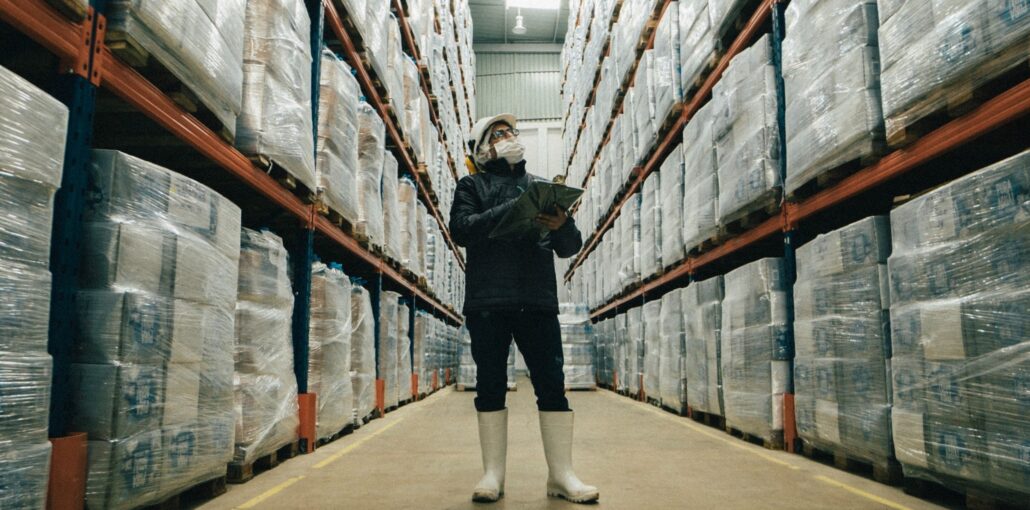Discover why freezing, though proven to extend shelf life, is sometimes merely a temporary fix to deep-rooted issues in food production. This blog takes a critical look at the role of freezing in the business models of food companies, questioning whether the transition from Make-to-Stock to Make-to-Order might be more efficient.
Freezing is a proven method to extend the shelf life of food and preserve its quality. For many food companies, freezing is an integral part of their business model, allowing them to supply seasonal products throughout the year. However, for other companies, it serves as a strategic stock buffer. Given the significant costs associated with freezing, the question arises whether the use of a Make-to-Stock (MTS) approach is still justified and whether it might be possible to transition to a more cost-effective Make-to-Order (MTO) method.
Is freezing just a superficial solution to deeper problems?
“Freezing is a loss,” says our colleague who has years of experience in the food industry. What does he mean exactly? In simple terms: when food factories choose to freeze their inventory, it not only incurs costs but also affects profit margins. Especially if the same product line is offered fresh, the frozen produce loses value. When freezing is used as a stock buffer, it can also act as a cover-up for deeper issues within the organization. If freezing is merely deployed as a Band-Aid for uncertainties about production facilities and a lack of confidence, it becomes a short-term solution for deep-rooted issues in organizational structure.
5 Production Challenges that Freezing Can Conceal:
- Production lines sometimes reach their limits, leading to the need to freeze stocks to meet demand. This may arise from insufficient machine capacity under operational conditions, even if they seem to have sufficient capacity on paper.
- Equipment Reliability. Holding stocks against machine failures is tempting when machines are unreliable.
- Operator Reliability. Variations in the number of operators, inadequate training, lack of experience, or poor operator management can affect production reliability. Different shifts may also perform differently.
- Insufficient Quality Assurance. If operators do not strictly follow the prescribed process steps, this can lead to quality issues, further justifying freezing as a temporary solution.
- Supply Chain Problems. Unreliability in the delivery or quality of ingredients may necessitate freezing to cope with uncertainties in the supply chain.
These challenges are complex because they are often difficult to identify. Plant managers and production stakeholders may have a gut feeling about the underlying causes but lack the hard facts needed to make confident decisions. Therefore, freezing food products remains a simple Band-Aid.
The Role of Innius in Optimization
To address these complex challenges, professionals in the food industry need a solution that provides them with insight, control, and reliability. This is where Innius comes in. Here are 6 ways in which Innius can assist:
- Measurement of Production Capacity. Use of OEE reports and standardized Capacity Utilization KPI to measure production capacity.
- Detection of Bottlenecks. Batch reports and Batch details reports can be used to see how different batch and recipe types move through the production process.
- Reduction of Unexpected Downtime. Enabling a Condition-Based Maintenance (CBM) strategy. For example, when sensor rules are met, tasks can be automatically triggered and digitally sent to assigned maintenance personnel. The Downtime report can identify the key causes of downtime using a Pareto chart.
- Tracking of Process Steps. Monitoring process steps to ensure that operators follow the prescribed steps, possibly on a live dashboard in the production environment.
- Analysis of Shift Performance. The Innius environment allows for the configuration of shifts, with data analysis per shift for better performance assessment.
- Real-time quality monitoring with alerts and live dashboards, and analysis via the in-app Quality report.
By using Innius, factories can transform vague ideas about the reliability of their production lines into fact-based data. This enables them to make better decisions and identify steps to improve production reliability and restore confidence in delivery, allowing them to transition from a Make-to-Stock model to a Make-to-Order model, as our customer Itho Daalderop has done. Together, we are working towards a more efficient, reliable, and future-proof food production!





